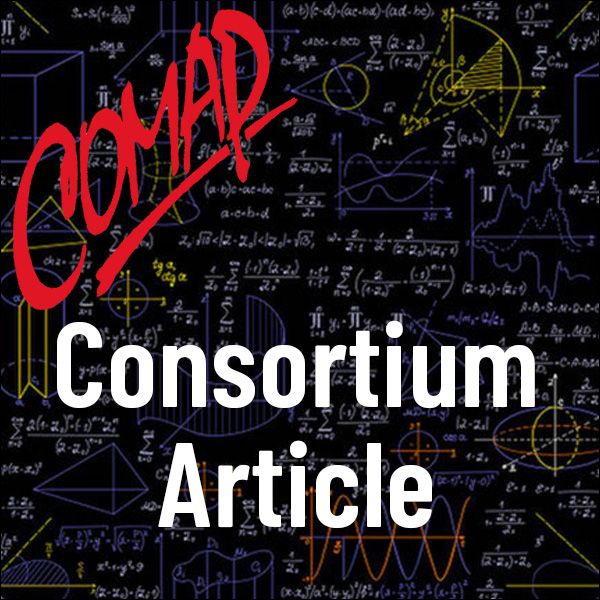The Circle-Pass Matching Algorithm
Author: Paul Kehle and Nick Mckenny
Students' creative responses to an open-ended activity lead to a rich and interesting mathematical model and related mathematical problems. At the start of a workshop to introduce and stimulate thinking about computational thinking and mathematical modeling, I (first author) asked 16 high school students (who did not know one another) to stand in a circle facing inward. Next, I handed out their nametags at random, face down. As a warm up, I asked them to pose problems related to the situation and to estimate answers; some of their problems were solved quickly and exactly, while solu-Äö tions to others were estimates of what might be relatively more or less likely. Finally, I asked them to come up with different methods or algorithms for getting the correct nametags to the correct students-a matching problem. Many creative methods were devised and we tried them out and talked about measures of their efficiency. Some methods were rather chaotic and slow, if fun in some sense (e.g., such as everyone simultaneously and repeatedly calling out the name on the tag they held while also listening for their name). Some methods improved with practice. But by far, the most fun and the most mathematically interesting strategy came to be known as Circle-Pass Matching. Before we explore it, we highlight some preliminary questions.

Mathematics Topics:
Application Areas:
You must have a Full Membership to download this resource.
If you're already a member, login here.